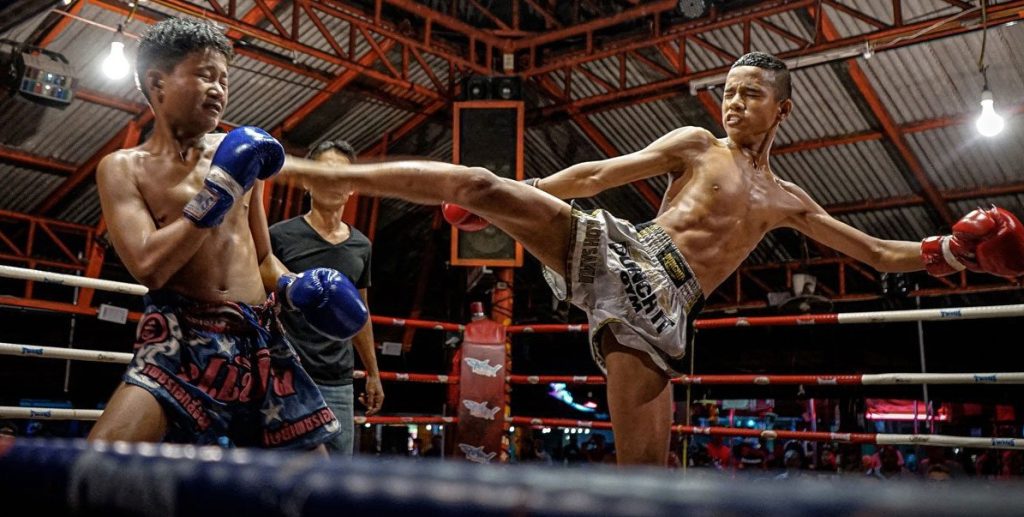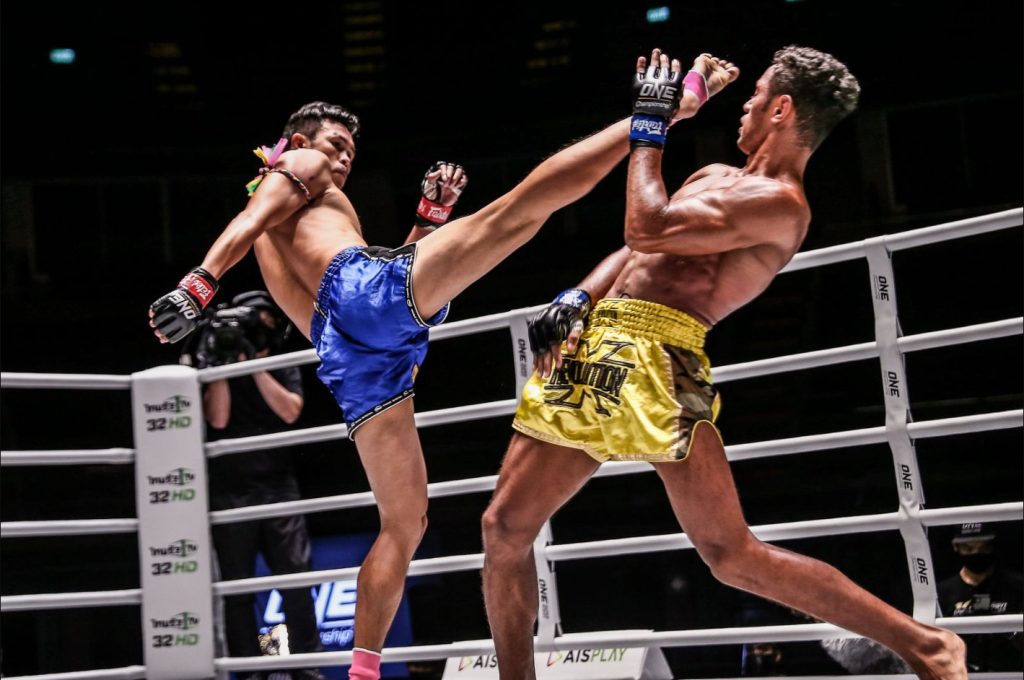How Long Does It Take to Learn Muay Thai?
Learn Muay Thai: Muay Thai, also known as the “Art of Eight Limbs,” is a powerful and elegant martial art originating from Thailand. Combining punches, kicks, elbows, knees, and clinching techniques, Muay Thai offers a complete striking system suitable for self-defense, competition, or fitness.
Table of Contents
If you’re interested in taking up Muay Thai, one of the most common questions is: How long does it take to learn Muay Thai? The answer depends on several factors including your goals, training consistency, physical condition, and natural aptitude.
This article breaks down the stages of Muay Thai progression, what to expect at each level, and how long it typically takes to become competent, proficient, or fight-ready.
1. What Does “Learning Muay Thai” Mean?
Before discussing timelines, it’s important to define what “learning” means. Learning Muay Thai can be broken down into different levels:
| Level | Description |
|---|---|
| Beginner | Understands stance, basic strikes, and combinations |
| Intermediate | Can spar lightly, use defense, and flow in drills |
| Advanced | Controls pace, has clinch proficiency, reads opponents in sparring |
| Fight-Ready | Physically and mentally prepared to compete in amateur or pro settings |
Your goal—fitness, self-defense, or competition—will impact how long it takes to reach each level.
2. General Time Estimates Based on Commitment
The time it takes to learn Muay Thai varies significantly based on how often you train.
Training Frequency vs. Skill Development
| Training Frequency | Beginner Level | Intermediate Level | Advanced/Fight Ready |
|---|---|---|---|
| 1–2 times/week | 3–6 months | 1–2 years | 3+ years |
| 3–4 times/week | 1–3 months | 6–12 months | 2–3 years |
| 5–6 times/week | 1 month | 4–6 months | 1–2 years |
| Living/training in Thailand | <1 month | 3–6 months | 6–12 months |
Those training casually will take longer to progress, while committed students or live-in fighters in Thailand can accelerate the learning curve.
3. What You Learn at Each Stage
Let’s break down what skills and techniques are typically learned at each stage of development.
Stage-by-Stage Skill Progression
| Stage | Time Range | Key Focus Areas |
|---|---|---|
| Beginner | 0–3 months | Stance, jab-cross, roundhouse, teep, shadowboxing, pad work |
| Early Intermediate | 3–6 months | Light sparring, defense (blocks, checks), basic combos |
| Mid-Intermediate | 6–12 months | Clinch basics, feints, counter-attacks, conditioning |
| Advanced | 1–2 years | Ring strategy, clinch control, knees/elbows, advanced combos |
| Fight-Ready | 1.5–3+ years | Sparring under pressure, cardio for rounds, mental toughness |
4. Factors That Affect Learning Time
Not all learners progress at the same rate. Here are key factors that affect how quickly you can learn Muay Thai.
Influencing Factors Table
| Factor | How It Affects Progress |
|---|---|
| Training Frequency | More consistent training = faster development |
| Quality of Coaching | Good instructors provide personalized feedback and structure |
| Sparring Exposure | Realistic application sharpens skills |
| Fitness Level | Better conditioning = more energy to train and absorb info |
| Mental Focus | Mindset and discipline speed up learning |
| Previous Martial Arts | Boxing, kickboxing, or karate backgrounds help early on |
5. How Long to Learn for Different Goals?
Your purpose in learning Muay Thai will determine how far and how fast you go.
Goal-Based Timeline Estimate
| Goal | Time to Basic Proficiency | Time to Confidence/Fluency |
|---|---|---|
| General Fitness | 1–2 months | 3–6 months |
| Self-Defense | 3–6 months | 9–12 months |
| Amateur Competition | 6–12 months | 1–2 years |
| Professional Fighting | 2+ years | 3–5+ years |
6. Milestones to Track Your Progress
It helps to track your growth through certain personal milestones rather than belt systems (Muay Thai traditionally has no belts).
Example Muay Thai Milestones
| Milestone | Approximate Time |
|---|---|
| Can complete 3-round pad session | 1–2 months |
| Understands 5–10 basic combos | 2–3 months |
| Completes first light sparring | 3–6 months |
| Can clinch without panic | 6–9 months |
| Survives a full sparring round | 6–12 months |
| Wins a smoker match or in-gym bout | 1+ year |
These benchmarks help keep your training focused and goal-oriented.
7. Tips to Speed Up Your Learning
If you want to shorten the time it takes to become proficient in Muay Thai, here are some tried-and-true methods.
Training Tips
| Tip | Benefit |
|---|---|
| Drill Daily at Home | Reinforce technique and build muscle memory |
| Film Yourself | Catch bad habits and track improvement |
| Train in Thailand (if possible) | Accelerate learning through immersion |
| Stay Fit Outside the Gym | Better endurance means faster skill development |
| Take Notes or Keep a Journal | Reinforce concepts and create structure |
8. Is Muay Thai Hard to Learn?
Muay Thai is easy to begin but hard to master. Unlike martial arts with complex forms or belt systems, Muay Thai focuses on functionality and repetition. You can start throwing basic punches and kicks in your first class, but mastery requires years of dedication.
The biggest challenge isn’t memorizing techniques—it’s the conditioning, the mental toughness, and the pressure of live sparring. That’s why consistency, not talent, is what separates casual practitioners from elite ones.
So, how long does it take to learn Muay Thai? The short answer: it depends on your commitment. In as little as 3 months, you can become confident with the basics. Within a year, you can become sparring-ready. With 2–3 years of consistent training, you could step into a ring and compete.
But Muay Thai is a lifelong journey. Even champions go back to the basics. What matters most is not how fast you learn, but how consistently you show up, how mindfully you train, and how patiently you grow.
Whether you’re learning Muay Thai for self-defense, fitness, or the love of the fight—it’s time well spent.



